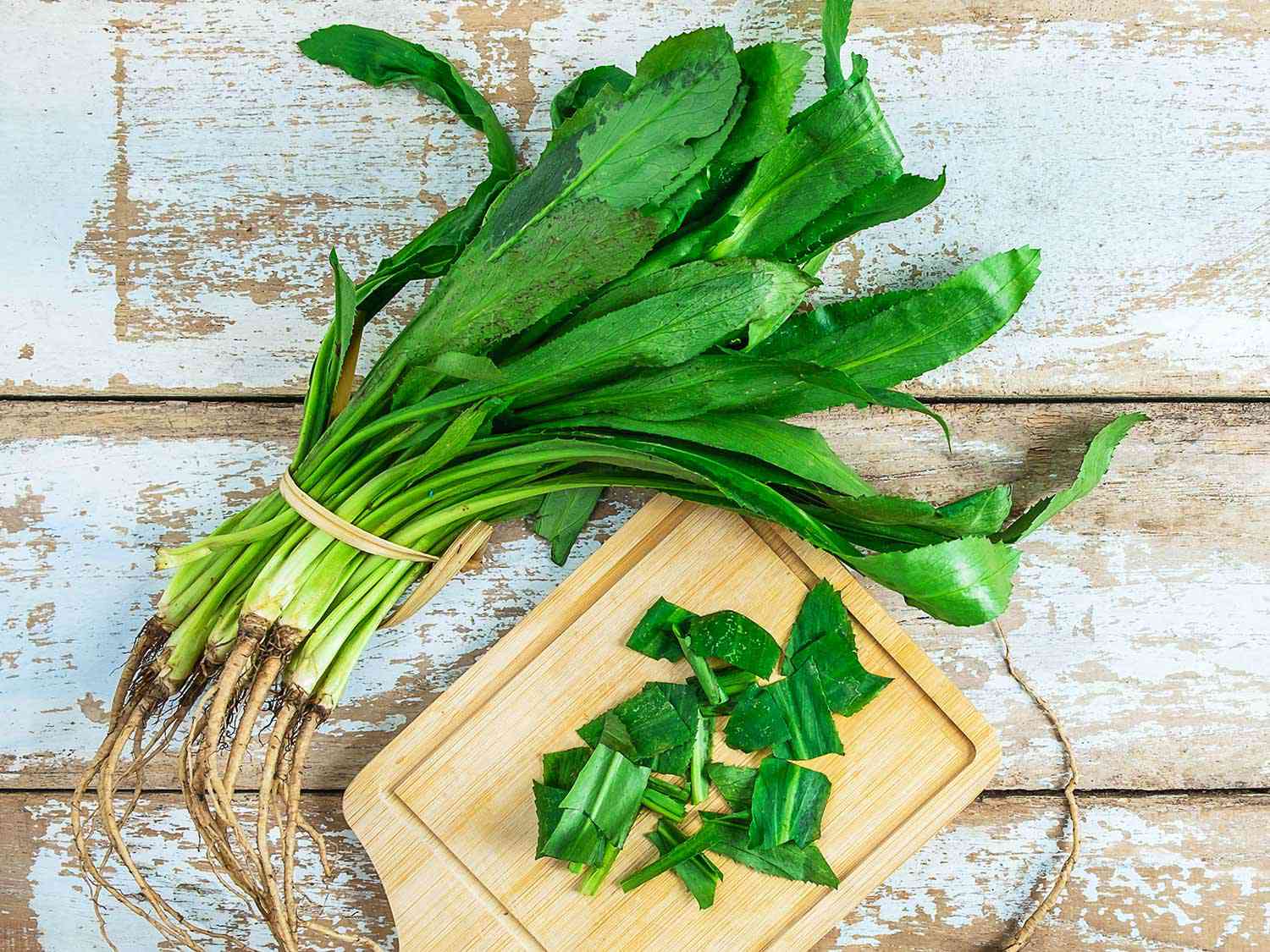

Articles
How To Store Culantro
Modified: February 24, 2024
Discover effective ways to store culantro in this comprehensive article. Learn how to keep your culantro fresh and flavorful for longer periods.
(Many of the links in this article redirect to a specific reviewed product. Your purchase of these products through affiliate links helps to generate commission for Storables.com, at no extra cost. Learn more)
Introduction
Welcome to our comprehensive guide on how to store culantro! Culantro, also known as Mexican coriander or long coriander, is a flavorful herb commonly used in Latin American, Caribbean, and Southeast Asian cuisines. Its distinctive taste and aroma are a perfect addition to various dishes, from soups and stews to marinades and salsas.
If you have ever bought fresh culantro and struggled to keep it fresh for a long time, you’re not alone. Culantro is a delicate herb that can quickly wilt or spoil if not stored properly. But fear not! In this article, we will explore different techniques to help you maximize the shelf life of culantro and ensure that you always have this flavorful herb on hand for your culinary adventures.
Before we dive into the storage methods, let’s first take a look at the benefits of storing culantro.
Key Takeaways:
- Store culantro in the refrigerator by wrapping it in a damp paper towel, placing it in a plastic bag, and storing it in the vegetable drawer to maintain its moisture and freshness for up to a week.
- Preserve culantro in oil or as pesto to enjoy its vibrant flavors and unique aroma even when it’s out of season, adding a burst of taste to various dishes.
Read more: How To Store Store-Bought Bread
Benefits of Storing Culantro
Properly storing culantro not only helps extend its shelf life but also allows you to enjoy its vibrant flavors and aromatic qualities for a longer period. Here are some key benefits of storing culantro:
- Convenience: By storing culantro, you always have this herb readily available in your kitchen. No need to rush to the grocery store every time you need to add a touch of culantro to your dishes.
- Cost Savings: Buying fresh culantro in small quantities can be expensive. By storing culantro, you can buy it in bulk or harvest it from your own garden and save money in the long run.
- Preserving Freshness: Culantro can wilt quickly if not stored properly. Storing it using the right methods helps maintain its freshness and flavors, ensuring that you have high-quality culantro whenever you need it.
- Enhancing Flavors: Culantro possesses a robust flavor profile that intensifies when it is stored properly. Storing it allows the flavors to develop and deepen, enhancing the overall taste of your dishes.
- Extended Usage: Storing culantro gives you the opportunity to use it in a variety of dishes over an extended period. From marinades and sauces to soups and curries, you can experiment with different recipes and explore the versatility of culantro.
Now that we understand the benefits of storing culantro, let’s dive into the techniques for proper harvesting.
Proper Harvesting Techniques
Harvesting culantro correctly is crucial to ensure optimal freshness and flavor. Here are some essential techniques for harvesting culantro:
- Timing: Culantro is best harvested when it reaches a height of about 6 to 8 inches. It is recommended to harvest culantro before it starts flowering, as the leaves will be at their peak flavor.
- Snipping Method: To harvest culantro, use clean and sharp scissors or garden shears. Carefully snip the outer leaves from the base of the plant, leaving the inner leaves and the center intact. This allows the plant to continue growing and producing more leaves.
- Selective Harvesting: Harvest only the amount of culantro you need at a given time. This practice ensures that you have fresh leaves while allowing the remaining plant to keep growing.
- Leaving the Stalk: Leave a portion of the stalk attached to the harvested culantro leaves. This helps to maintain the freshness and prevents the leaves from wilting quickly.
- Harvesting Frequency: You can harvest culantro multiple times throughout its growing season, as long as you follow the proper harvesting techniques. Regular and selective harvests encourage the plant to produce new growth, giving you a steady supply of fresh leaves.
Now that we have harvested culantro, the next step is to clean and prepare it for storage. Let’s move on to the next section for more details.
Cleaning and Prepping Culantro
Once you have harvested culantro, it’s essential to properly clean and prepare the leaves before storing them. Follow these steps to ensure that your culantro is ready for storage:
- Rinse with Cold Water: Start by rinsing the culantro leaves under cold water. Gently swish them around to remove any dirt, debris, or pesticides that may have accumulated.
- Pat Dry: After rinsing, gently pat the culantro leaves dry using a clean kitchen towel or paper towels. Be careful not to crush or bruise the leaves while drying.
- Trim Excess Stalk: If the culantro stalks are long, you can trim them down to a manageable size. However, it’s best to leave a small portion of the stalk attached to the leaves for better storage.
- Separate and Discard Browning Leaves: Carefully inspect the culantro leaves and remove any browning or wilted leaves. Discarding these leaves ensures that only fresh and healthy leaves are stored.
- Cut into Smaller Portions: Depending on your storage method of choice, you can choose to leave the culantro leaves whole or cut them into smaller portions for convenience. Cutting them into smaller pieces can make it easier to use in recipes later on.
By following these cleaning and prepping steps, you will have fresh and clean culantro ready for storage. In the next section, we will explore how to store culantro in the refrigerator.
Storing Culantro in the Refrigerator
The refrigerator is an ideal place to store culantro and keep it fresh for a few days. Follow these steps to store culantro in the refrigerator:
- Wrap in Damp Paper Towel: Take a damp paper towel and gently wrap it around the base of the culantro leaves. This helps to maintain moisture and prevent wilting.
- Place in a Plastic Bag: Once wrapped in a damp paper towel, place the culantro in a plastic bag. Seal the bag loosely to allow for some air circulation.
- Store in the Vegetable Drawer: The vegetable drawer in the refrigerator maintains a slightly higher humidity level, which is perfect for storing culantro. Place the plastic bag with culantro in the vegetable drawer.
- Check and Refresh: Periodically check the culantro to ensure its freshness. If the paper towel becomes too dry, moisten it with a little water to maintain the desired moisture level.
By following these steps, you can store culantro in the refrigerator for up to a week, depending on its freshness at the time of storage. However, if you want to store culantro for a longer period, freezing it is a great option. Let’s explore how to freeze culantro in the next section.
Store culantro by wrapping the leaves in a damp paper towel and placing them in a plastic bag in the refrigerator. This will help keep them fresh for up to two weeks.
Read more: How To Store Basil From Store
Freezing Culantro
Freezing culantro is an excellent way to preserve its freshness for an extended period. Here’s how you can freeze culantro:
- Blanching: Start by blanching the culantro leaves to help retain their color, texture, and flavor. Bring a pot of water to a boil, then carefully add the culantro leaves for about 10 to 15 seconds. Immediately transfer them to an ice bath to stop the cooking process.
- Drying: After blanching, pat the culantro leaves dry using a clean kitchen towel or paper towels. Removing excess moisture helps prevent freezer burn and ensures better texture upon thawing.
- Portioning: Divide the culantro leaves into small portions based on your needs. You can either keep them whole or roughly chop them for convenience. Place each portion in a separate freezer-safe bag or container.
- Labeling and Dating: Label each bag or container with the date of freezing to keep track of its freshness. This step is crucial for knowing when to use them or rotate them out of the freezer.
- Removing Air and Sealing: Squeeze out any excess air from the bag or press down on the container to eliminate air gaps before sealing. The less air present, the better the culantro will retain its quality during freezing.
- Freezing: Place the freezer bags or containers in the freezer, making sure they are placed in a flat position to freeze evenly and prevent any damage.
Frozen culantro can retain its flavor and aroma for up to six months. It’s a convenient option when you want to have culantro on hand for longer periods without having to rely on fresh supplies. In the next section, we will explore another method for storing culantro – drying.
Drying Culantro
Drying culantro is a popular method of preserving this herb for extended periods. Here’s how you can dry culantro:
- Air Drying: One of the simplest ways to dry culantro is by air drying. Gather a bunch of culantro stems and tie them together with twine or a rubber band. Hang the bunch upside down in a cool, well-ventilated area away from direct sunlight.
- Dehydrator: If you have a dehydrator, you can use it to dry culantro quickly and efficiently. Place the culantro leaves on the dehydrator trays, making sure to distribute them evenly. Set the dehydrator to the lowest temperature (around 95°F to 115°F) to preserve the essential oils and flavors of culantro.
- Oven Drying: If you don’t have a dehydrator, you can use your oven to dry culantro. Spread the culantro leaves in a single layer on a baking sheet lined with parchment paper. Set the oven to its lowest temperature (around 140°F to 170°F) and allow the culantro to dry for a few hours, periodically checking for dryness.
Regardless of the drying method you choose, it’s important to ensure that the culantro is completely dried before storing. The leaves should feel brittle and crumble easily when touched.
After drying culantro, remove the leaves from the stems and store them in an airtight container or sealable bags. Keep the container in a cool, dry place away from direct sunlight. Properly dried culantro can retain its flavor for several months, making it a great option when fresh culantro is not available.
In addition to air drying and dehydrating, another way to store culantro is by preserving it in oil. Let’s explore this method in the next section.
Storing Culantro in Oil
Preserving culantro in oil is a fantastic way to enjoy its flavors while extending its shelf life. Here’s how you can store culantro in oil:
- Prepare the Culantro: Wash and thoroughly dry the culantro leaves to remove any moisture. Finely chop the leaves, making sure to remove any tough stems.
- Choose the Oil: Select a high-quality oil with a neutral flavor that can withstand the preservation process. Good options include olive oil, avocado oil, or sunflower oil.
- Blanching (Optional): If desired, blanch the culantro leaves in boiling water for a few seconds, then transfer them to an ice bath to retain their vibrant green color.
- Combine Oil and Culantro: In a sterilized jar, layer the chopped culantro leaves and pour the chosen oil into the jar, completely covering the leaves. Make sure there are no air pockets in the jar.
- Sealing and Storing: Seal the jar tightly and store it in a cool, dark place such as a pantry or cupboard. The oil acts as a natural preservative, and the culantro flavors will infuse into the oil over time.
When stored properly, culantro in oil can last for several months. It’s important to note that storing herbs in oil can increase the risk of bacteria growth if not handled correctly. Always use sterilized jars and ensure that the culantro is completely submerged in the oil to reduce the risk of spoilage.
Culantro preserved in oil can be used to add a burst of flavor to marinades, dressings, dips, or as a finishing touch to various dishes. It’s a convenient option when you want to have the fresh taste of culantro at your fingertips.
Lastly, let’s explore another delicious way to store and preserve culantro – as a flavorful pesto.
Storing Culantro as Pesto
Transforming culantro into a vibrant and flavorful pesto is a delightful way to store and preserve this herb. Here’s how you can make and store culantro pesto:
- Ingredients: Gather fresh culantro leaves, garlic cloves, toasted nuts (such as pine nuts or walnuts), grated Parmesan cheese, lemon juice, salt, and olive oil.
- Blend: In a food processor, combine the culantro leaves, garlic cloves, toasted nuts, Parmesan cheese, lemon juice, and salt. Pulse until the ingredients are well combined and form a coarse paste.
- Drizzle in Olive Oil: While the food processor is running, gradually drizzle in the olive oil until the mixture becomes smooth and creamy. You can adjust the amount of olive oil to achieve your desired consistency.
- Storage Containers: Transfer the culantro pesto into sterilized airtight containers, such as glass jars or plastic containers. Make sure to leave some room at the top for expansion, especially if freezing the pesto.
- Sealing and Storing: Seal the containers tightly and store them in the refrigerator for immediate use or in the freezer for longer-term storage.
Culantro pesto can be stored in the refrigerator for up to a week or frozen for several months. Make sure to label the containers with the date and contents to keep track of their freshness.
Culantro pesto is a versatile condiment that can be used in various dishes. Spread it on toast, toss it with pasta, incorporate it into marinades, or use it as a flavorful dip. The possibilities are endless!
Now that you know different ways to store culantro, you can enjoy its vibrant flavors and aromatic qualities for an extended period. Experiment with these storage methods to find the one that suits your needs and culinary preferences. Whether you choose to refrigerate, freeze, dry, preserve in oil, or make pesto, you can always have the delightful taste of culantro at your fingertips. Happy storing and happy cooking!
Read more: How To Store Basil From Grocery Store
Conclusion
Culantro, with its vibrant flavors and unique aroma, is a beloved herb in many cuisines. By learning how to properly store culantro, you can ensure its freshness and enjoy its delightful taste for an extended period. Whether you choose to store it in the refrigerator, freeze it, dry it, preserve it in oil, or make it into pesto, each method offers its own benefits and allows you to have culantro readily available whenever you need it.
Storing culantro not only provides you with convenience but also saves you money in the long run. With proper storage techniques, you can always have this flavorful herb on hand without having to rely on store-bought supplies that may wilt or spoil quickly.
Remember to follow proper harvesting techniques, including snipping the leaves, leaving some stalk attached, and selectively harvesting culantro to encourage new growth. Cleaning and prepping the culantro leaves before storage ensures that you remove any dirt or browning leaves, allowing for fresher storage.
If you choose to store culantro in the refrigerator, wrapping it in a damp paper towel and placing it in a plastic bag in the vegetable drawer helps maintain its moisture and freshness. Freezing culantro is an excellent option for long-term storage, while air drying or using a dehydrator can preserve its flavors through the drying process.
Preserving culantro in oil or making it into pesto adds a burst of flavor to your dishes, allowing you to savor the taste of culantro even when it’s out of season. Make sure to use sterile containers and proper techniques to avoid any bacterial growth or spoilage.
Whichever method you choose, storing culantro ensures that you can add its robust flavors and unique essence to your favorite recipes. From soups and stews to marinades and salsas, culantro elevates the taste of various dishes.
So, go ahead and embark on your culinary adventures with the knowledge of how to store culantro. Experiment with different methods to find what works best for you. With these storage techniques, you can preserve the freshness and flavors of culantro, making it a staple in your kitchen. Enjoy the vibrant taste and aromatic qualities of culantro for longer periods and elevate your cooking to new heights. Happy storing and happy cooking!
Frequently Asked Questions about How To Store Culantro
Was this page helpful?
At Storables.com, we guarantee accurate and reliable information. Our content, validated by Expert Board Contributors, is crafted following stringent Editorial Policies. We're committed to providing you with well-researched, expert-backed insights for all your informational needs.
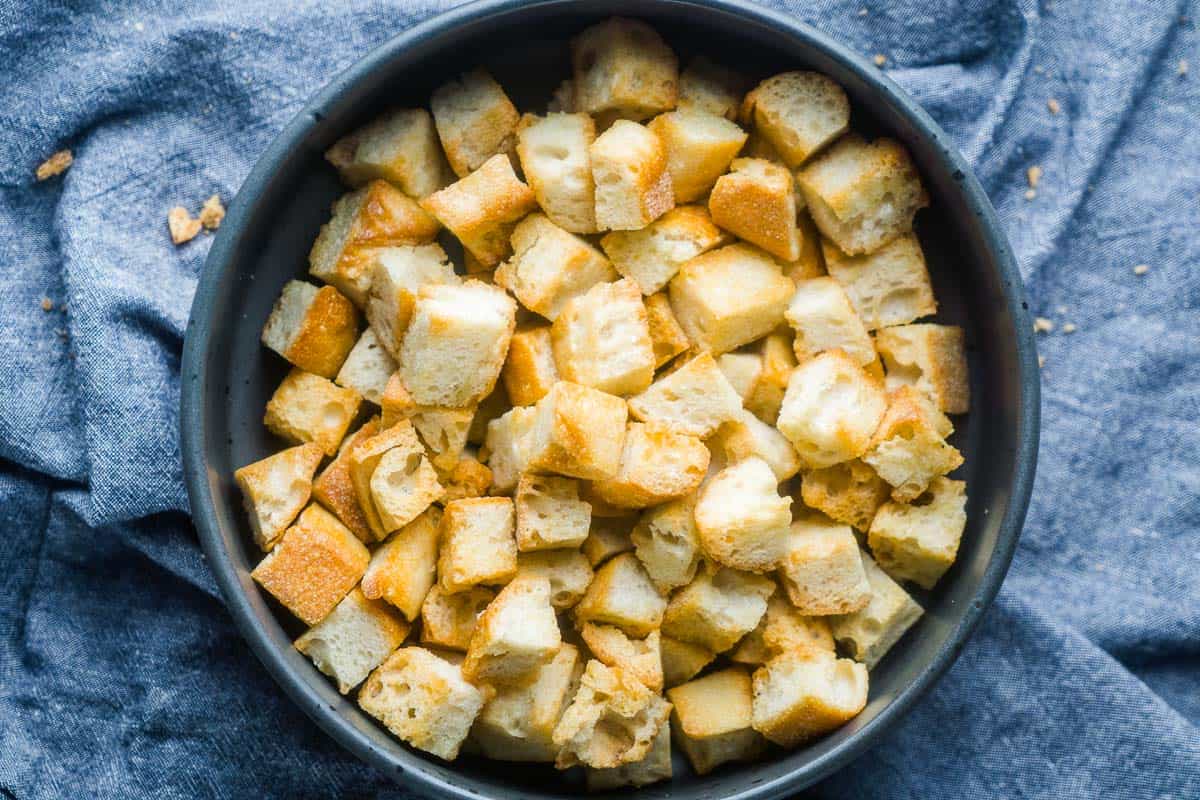

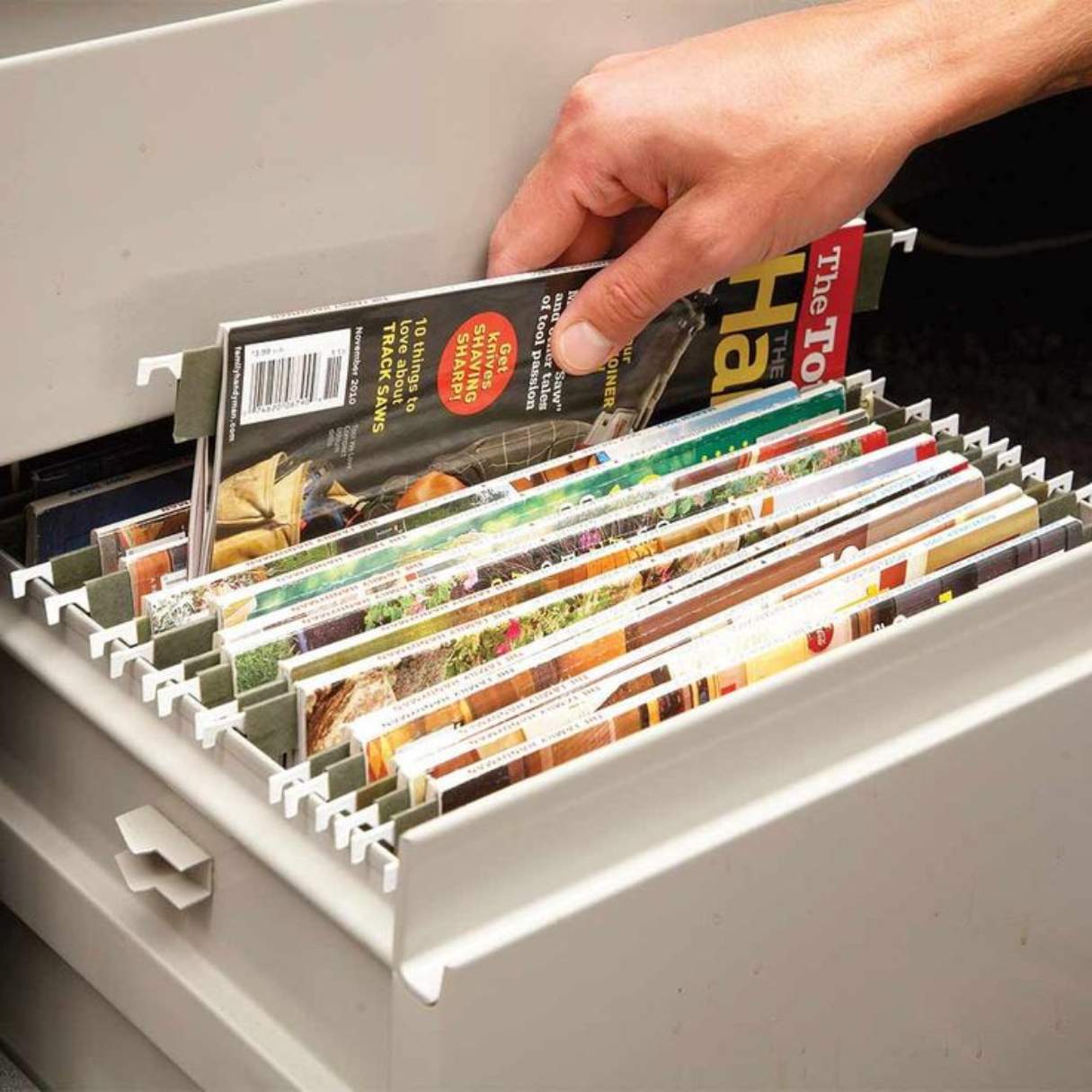
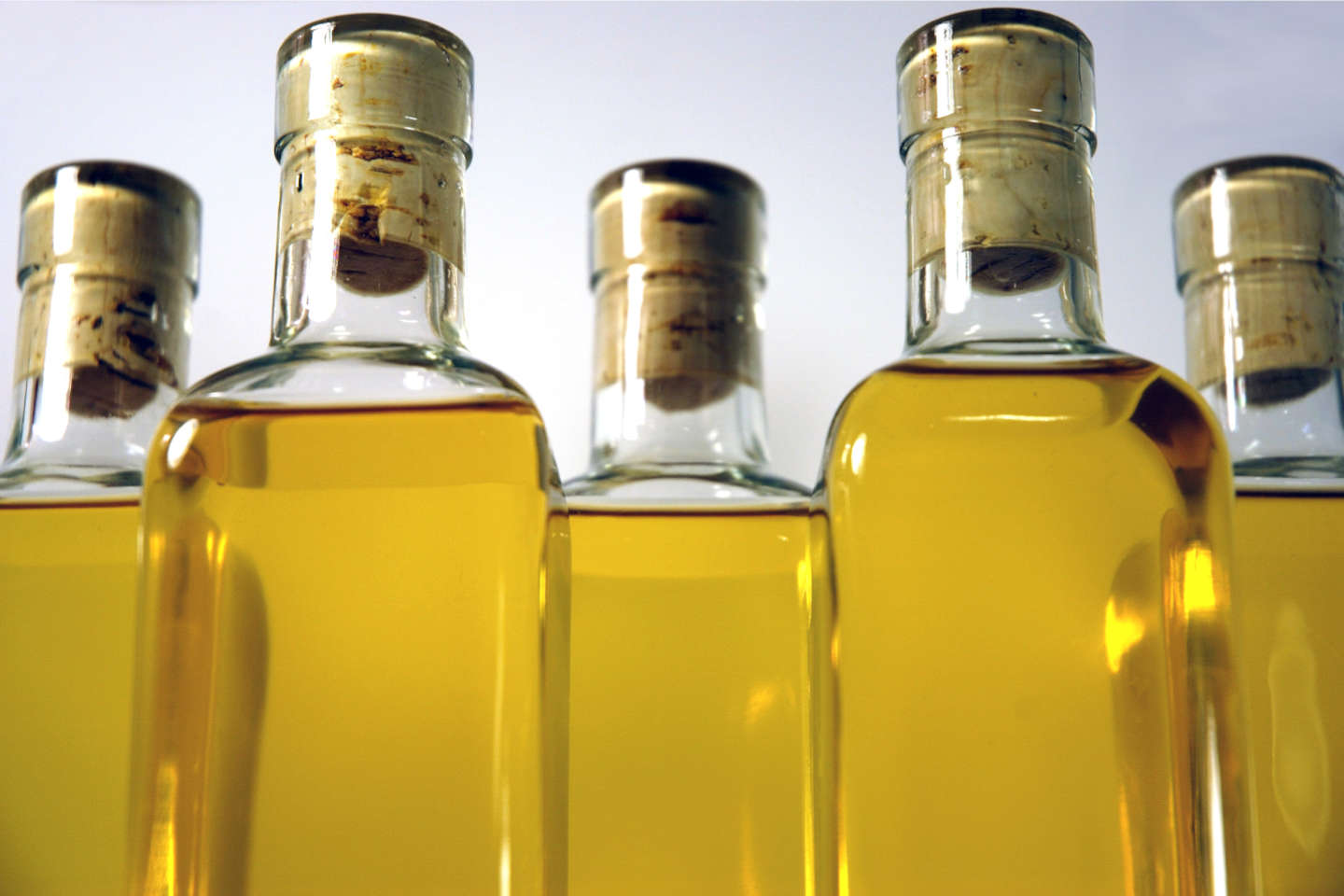

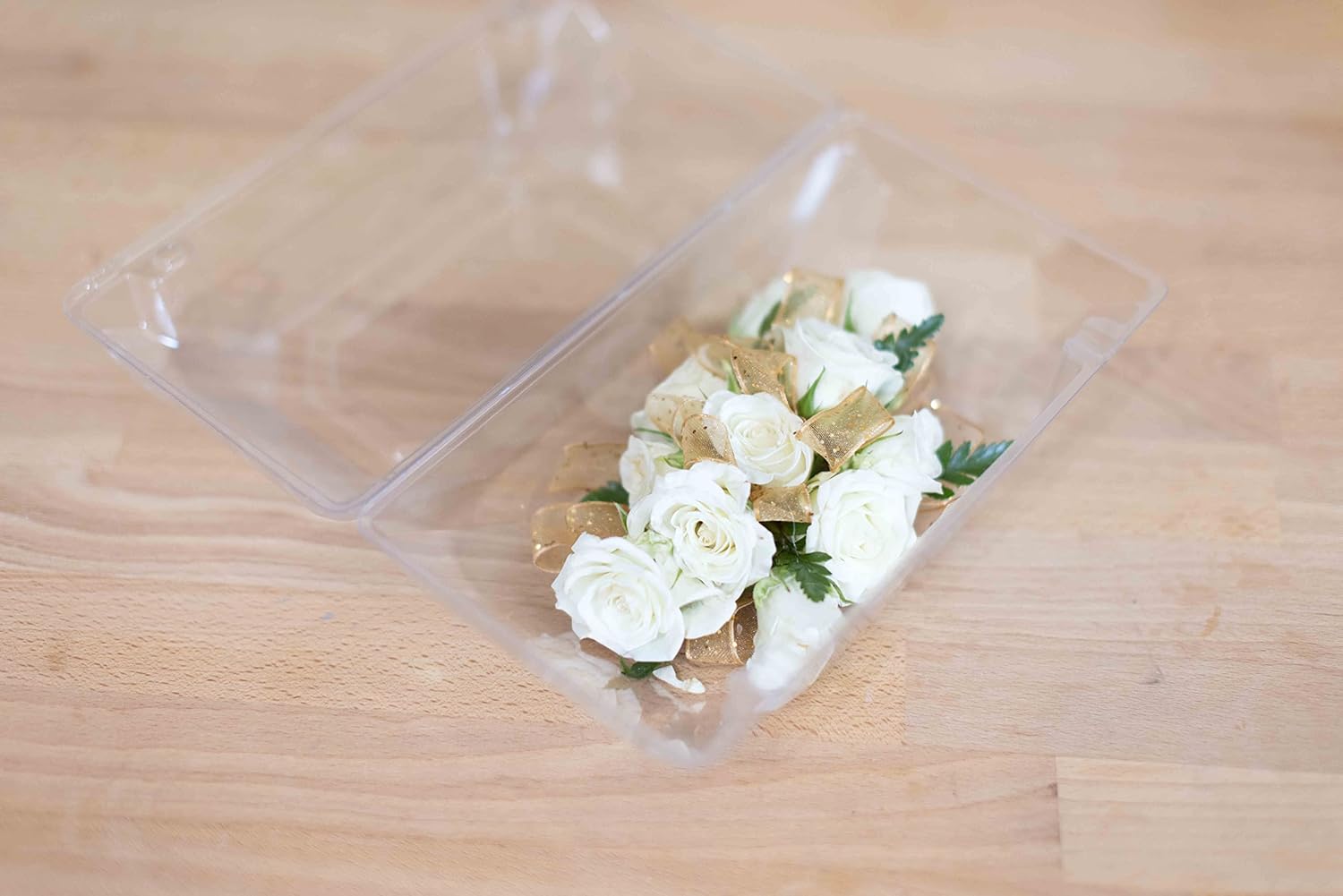

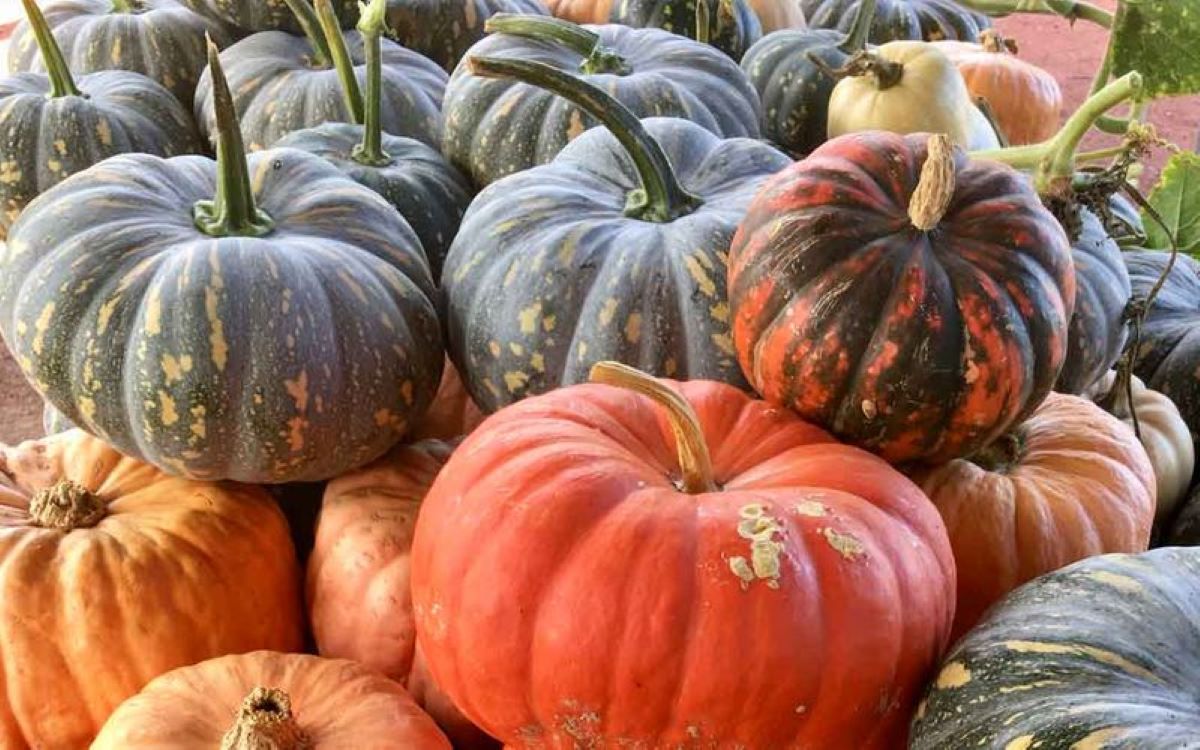


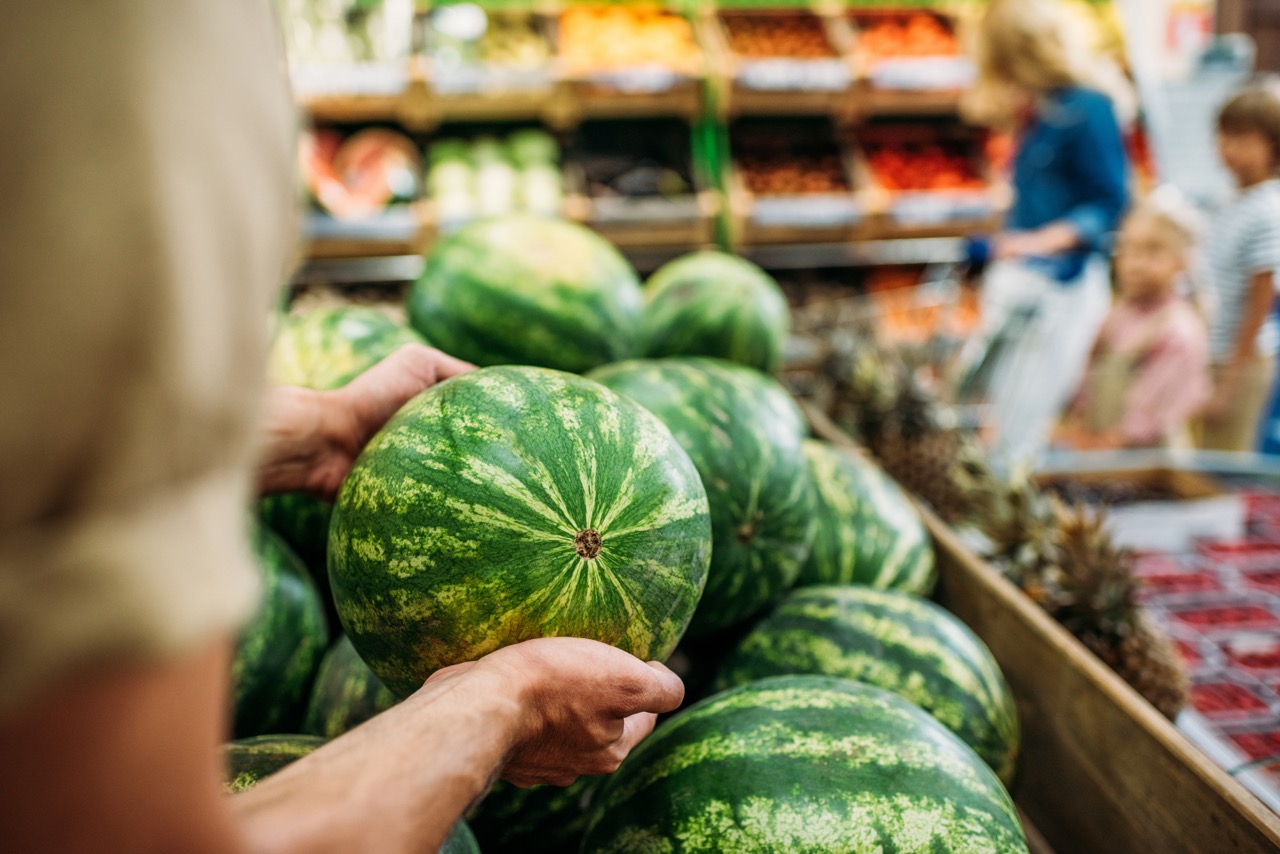
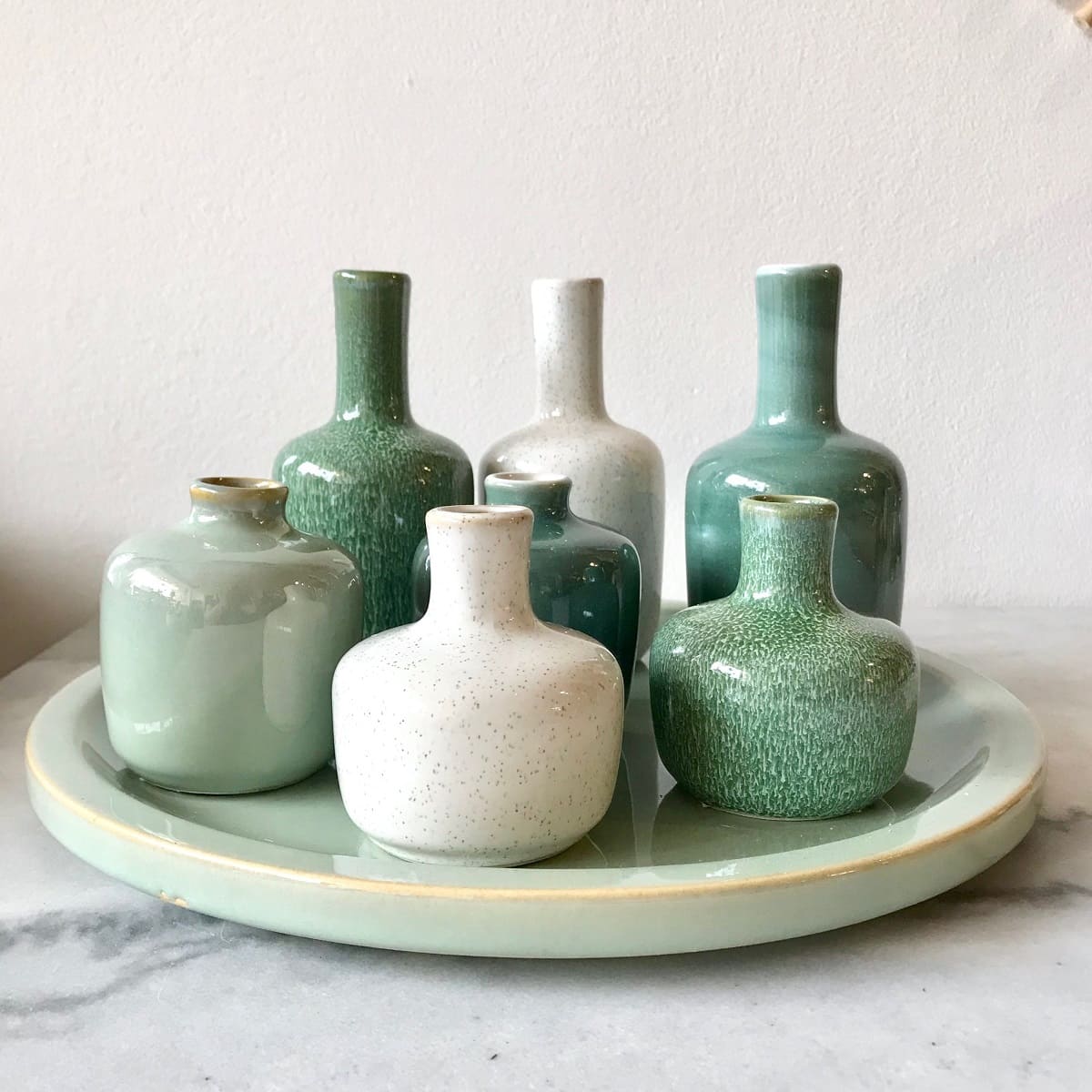
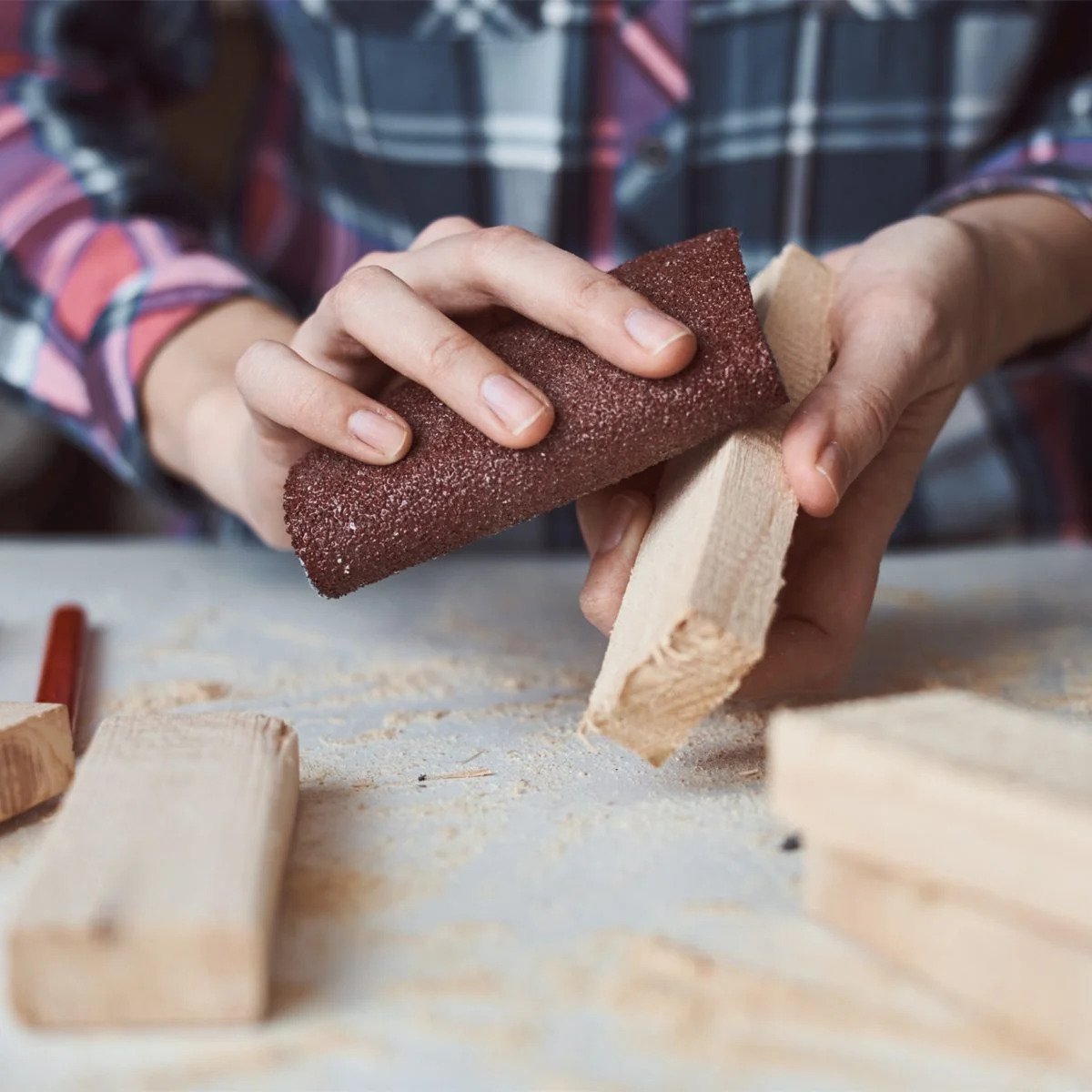

0 thoughts on “How To Store Culantro”